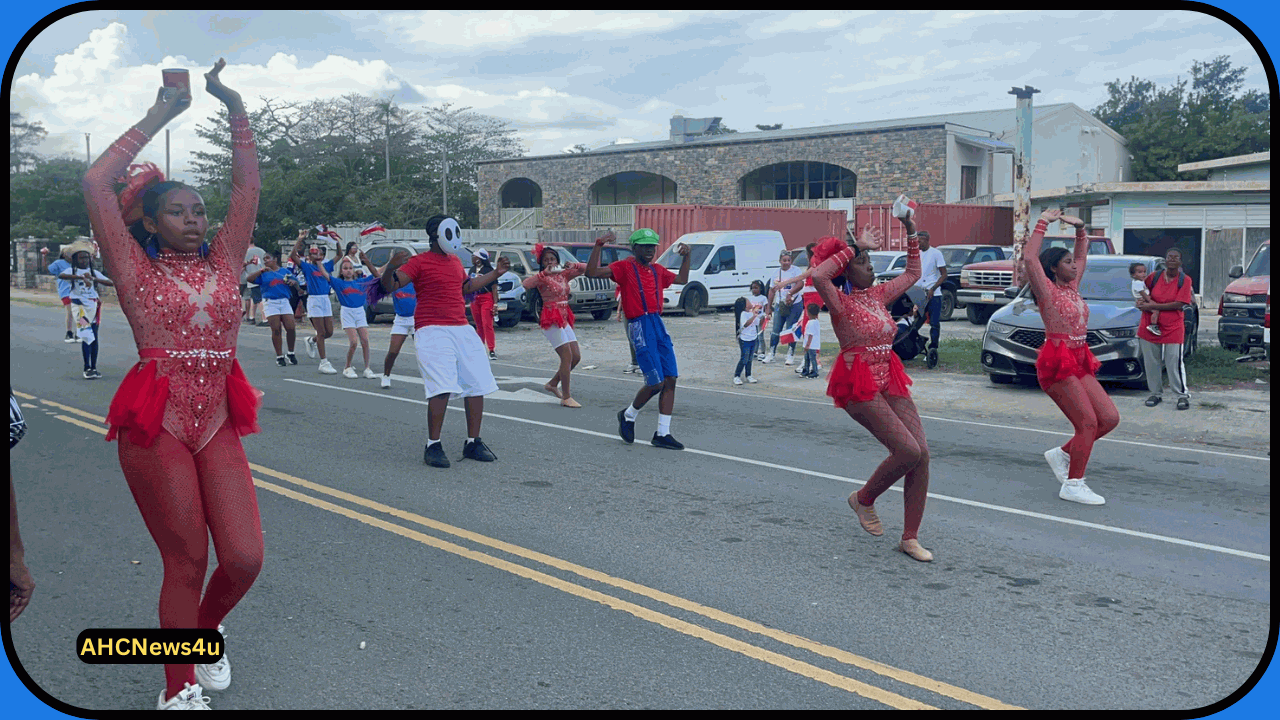Photograph Concentration: Groups Observe Dominican Republic Autonomy Day March
The roads of Santo Domingo woke up with dynamic tones and irresistible enthusiasm as groups accumulated to praise the yearly Dominican Republic Freedom Day March. This amazing occasion, celebrating the country’s freedom from pilgrim rule, enthralled the two local people and vacationers the same.
March Course
The motorcade navigated through the memorable roads of the capital, passing notorious milestones like the Alcázar de Colón and the House of God of St Nick María la Menor. Observers lined the walkways, enthusiastically anticipating the parade of floats and entertainers.
Swarm Participation
The turnout during the current year’s procession was uncommon, with a great many revelers participating in the merriments. Families, companions, and dignitaries from varying backgrounds met up to respect the rich social legacy of the Dominican Republic.
Social Presentations
The procession displayed the different embroidered artwork of Dominican culture, highlighting customary music, dance, and outfits from different areas of the country. Vivid folkloric exhibitions spellbound spectators, featuring the pride and versatility of the Dominican public.
Verifiable Importance
Freedom Day holds significant importance for Dominicans, denoting the commemoration of their freedom from Spanish rule on February 27, 1844. It fills in as a strong sign of the penances made by past ages chasing opportunity and self-assurance.
Dignitaries in Participation
The procession was graced by the presence of noticeable political figures and dignitaries, including government authorities and unfamiliar diplomats. Their cooperation highlighted the significance of solidarity and fortitude in praising the country’s freedom.
March Features
From intricately enhanced floats to exuberant walking groups, the procession was a scene to observe. Bright shows addressing Dominican culture and history marched through the roads, enrapturing the creative minds of observers.
Local area Commitment
The procession was not only an onlooker occasion; it was a festival that effectively elaborated the neighborhood’s local area. Schools, local gatherings, and social associations met up to grandstand their pride and imagination, adding to the bubbly air.
The travel industry Effect
The Dominican Republic Freedom Day March isn’t just a wellspring of public pride yet in addition a significant draw for vacationers. The inundation of guests during this time supports the neighborhood economy and advances social trade on a worldwide scale.
Media Inclusion
The procession accumulated far and wide media inclusion, with media sources catching the fervor and energy of the groups. Online entertainment hummed with photographs and recordings of the merriments, further intensifying the festival’s range and effect.
End
As the sun set on one more Autonomy Day festivity, the soul of solidarity and nationalism waited in the air. The Dominican Republic Freedom Day March is something other than a scene; it is a demonstration of the flexibility and essentialness of the Dominican public, as they keep on respecting their legacy and move forward towards a more promising time to come.
FAQs
Q: What is the meaning of the Dominican Republic Autonomy Day March?
A: The motorcade recognizes the country’s freedom from pioneer rule and observes Dominican culture and legacy.
Q: Who goes to the procession?
A: The motorcade draws in a different crowd, including local people, travelers, and dignitaries.
Q: What could guests at any point hope to see at the procession?
A: Guests can anticipate bright floats, customary music and dance exhibitions, and dynamic social showcases.
Q: How does the procession influence the travel industry?
A: The procession draws sightseers from around the world, adding to the nearby economy and advancing social trade.
Q: For what reason is Autonomy Day critical to Dominicans?
A: Autonomy Day holds significant importance as it denotes the country’s freedom and fills in as a sign of the penances made for opportunity.

